The Hong Kong-Zhuhai-Macao Bridge project adopts Songjiang spring dampers
Shanghai Songjiang Vibration Absorber Co.,Ltd.’s official website introduces: The Hong Kong-Zhuhai-Macao Bridge project adopts Songjiang spring dampers. In August 2017, Songjiang Group provided a batch of spring dampers for the Hong Kong-Zhuhai-Macao Bridge project, mainly used in pipeline vibration reduction systems. The following is a detailed introduction.
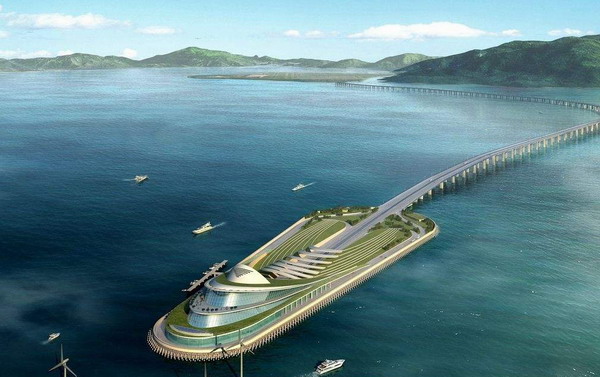
The project was cooperated with by the Shenzhen Office of Shanghai Songjiang Shock Absorber Group Co., Ltd. Shenzhen customers can directly contact our Shenzhen office at:
Address: No. 63, West Lane, Chuangye Middle Road, 45th District, Bao’an District, Shenzhen City
Telephone: 0755-27579859
Mobile: 15919766555
Contact Person: Chen Xunming
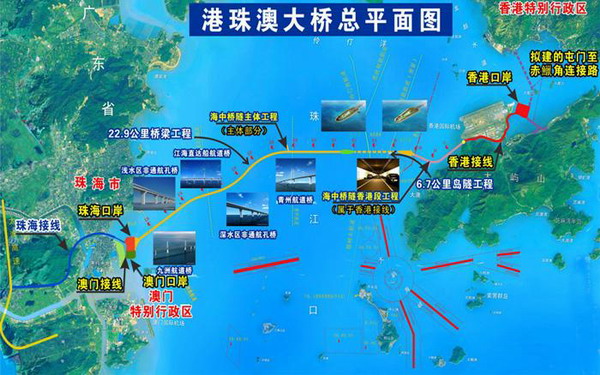
1. Introduction to the Hong Kong-Zhuhai-Macao Bridge Project:
The Hong Kong-Zhuhai-Macao Bridge (HZMB), also known as the Hong Kong-Zhuhai-Macau Bridge, is a colossal sea-crossing bridge in China. It serves as a mega sea-link connecting Hong Kong, Zhuhai, and Macau, with a total length of 55 kilometers. Upon completion, it became the world’s longest sea-crossing bridge. The most significant part of the project, with the largest quantity of work and highest technical difficulty, is the main structure comprising bridges, artificial islands, and tunnels, spanning approximately 29.6 kilometers. The main part, known as the “sea-crossing bridge-tunnel system,” stretches over 35.578 kilometers, with an underwater tunnel segment measuring approximately 6.75 kilometers. Once completed, it will become part of the G4-Beijing-Hong Kong-Macao Expressway and the G94 Pearl River Delta Ring Expressway.
The main construction of the Hong Kong-Zhuhai-Macao Bridge project costs approximately 32.7 billion RMB, with an estimated total project cost of around 70 billion RMB. The total length of the bridge is 49,968 meters, with the main structure spanning 35,578 meters, including a 5,664-meter underwater tunnel. The bridge is designed with a lifespan of 120 years and can withstand earthquakes of up to magnitude 8 and winds from 16 typhoons. At both the northern and southern ends of the Lingdingyang area in the Pearl River Estuary, there are two artificial islands connected by underwater tunnels. Initially, the bridge was planned to start from Lantau Island, Hong Kong to Shizimen, but the final plan changed to start from the artificial island of Hong Kong International Airport, passing north of Tai O and crossing the center of the Pearl River Estuary via an underwater tunnel, and finally reaching the Zhuhai and Macau ports of entry (Zhuhai-Macao Port), connecting Zhuhai Gongbei and Macau’s Ponte de Amizade.
Once the Hong Kong-Zhuhai-Macao Bridge is completed, travel time from Hong Kong to Zhuhai and Macau by car will be reduced from 4 to 5 hours to approximately 30 minutes. By 2035, it is estimated that there will be 50,000 to 60,000 vehicles and 230,000 to 250,000 passengers daily. Apart from inspection buildings, artificial islands will also include driverless trains to transport passengers from inspection buildings to Hong Kong International Airport for boarding. Passengers arriving in Hong Kong via the Hong Kong-Zhuhai-Macao Bridge will not need to go through immigration; they can directly reach the Hong Kong International Airport terminal via driverless trains. For vehicles that cannot transit, parking lots will be set up near the ports, and there will also be public buses for shuttle services.
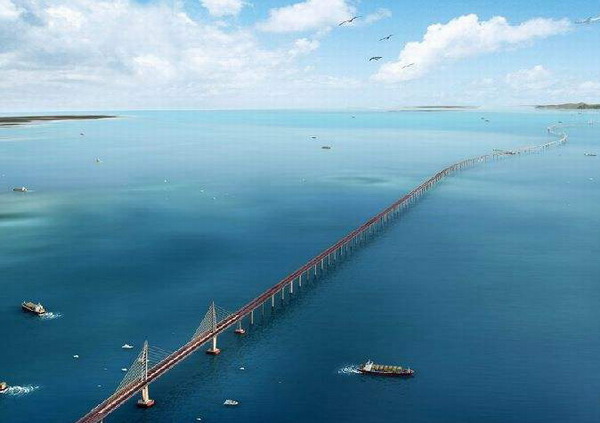
2. Introduction to the Use of Songjiang Spring Dampers in the Hong Kong-Zhuhai-Macao Bridge Project:
The spring dampers employed in this project primarily consist of suspension spring dampers, seated spring dampers, and rubber damping pads.
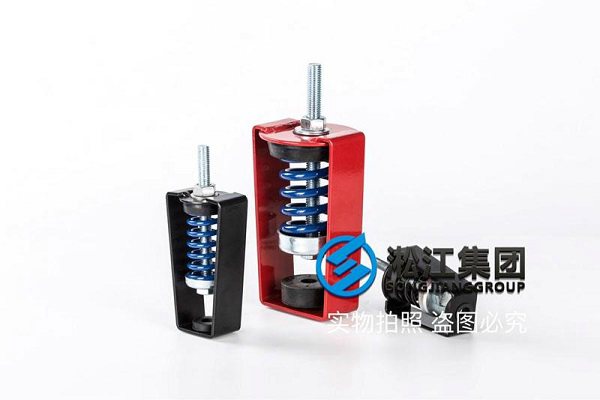

(2)Seated Spring Dampers:
Seated spring dampers, also known as fan vibration dampers, are characterized by their simple structure and easy installation. Each end of the damper has screws and screw holes, with a height-adjustable nut at the upper end of the spring for flexible height adjustment according to installation requirements. The dampers are equipped with lateral rubber damping at both ends, increasing the vertical damping coefficient and improving longitudinal and lateral stiffness to ensure safer operation of the equipment.
The body material is divided into special reinforced nylon and spheroidal cast iron. Special reinforced nylon is nylon reinforced with fibers, providing excellent strength. Nylon material is resistant to acids, alkalis, and ultraviolet rays, and undergoes rigorous aging tests, ensuring high quality and safety. The spheroidal cast iron body undergoes hot-dip galvanizing treatment for excellent weather resistance. The dampers are lightweight, sturdy, and easy to install, suitable for various mechanical shock absorption devices. The springs undergo heat treatment, ED rust prevention, and paint baking processes. With a load deflection of 25mm or 40mm, they effectively eliminate mechanical structural vibration. The working temperature range of nylon material is 0°C to 50°C.
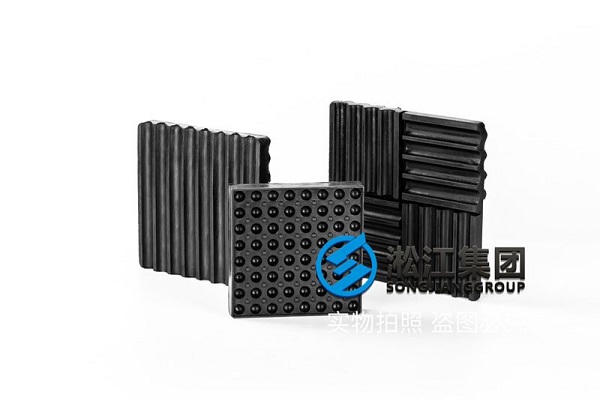
(3)Rubber Damping Pads:
Rubber shear isolation pads are made of oil-resistant rubber as the elastic material, which is molded by vulcanization. The wavy surface of the pad reduces the vertical stiffness of the isolation pad. The basic block size of the isolation pad is 84x84x20 (mm). This series of products consists of one standard size and three rubber hardness options, with load-bearing capacities ranging from 0.2KN to 6KN.
To enhance isolation effects, multiple layers of isolation pads can be connected in series, with metal sheets (3mm) separating each layer. The total stiffness of the series-connected isolation pads is 1/n times that of a single layer. Considering vertical stability, the total height of the series-connected isolation pads should not exceed the width of a single isolation pad. When the isolated mass is lighter, the isolation pads can be divided into halves for use. After division, the load-bearing capacity and stiffness of the isolation pads are also halved, and the divided isolation pads can be connected in series again for use.
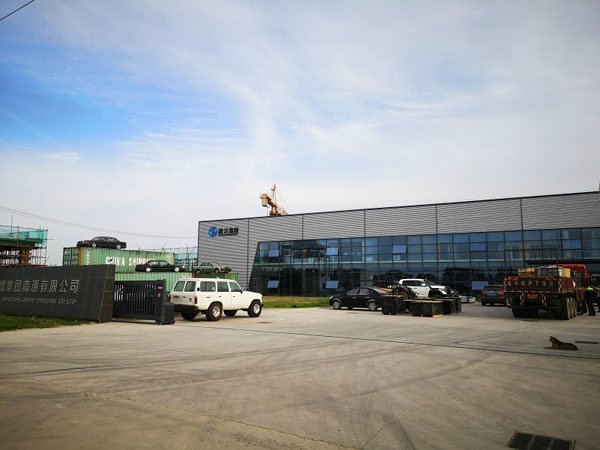
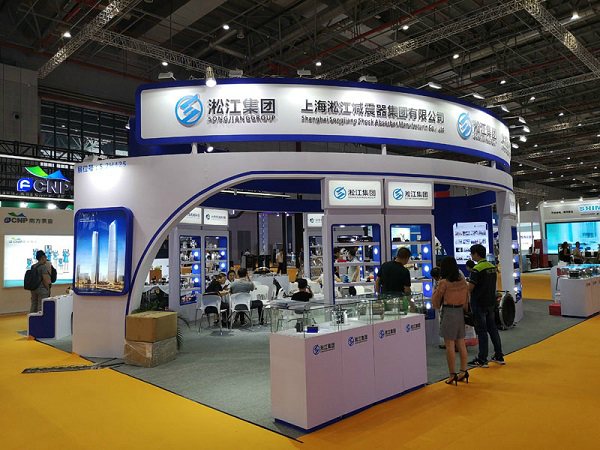
The information regarding the use of Songjiang spring dampers in the Hong Kong-Zhuhai-Macao Bridge project is sourced from the Case Study Center on the official website of Shanghai Songjiang. For further details, please refer to the Songjiang Group Case Study Center.
Related Link: Spring Dampers










